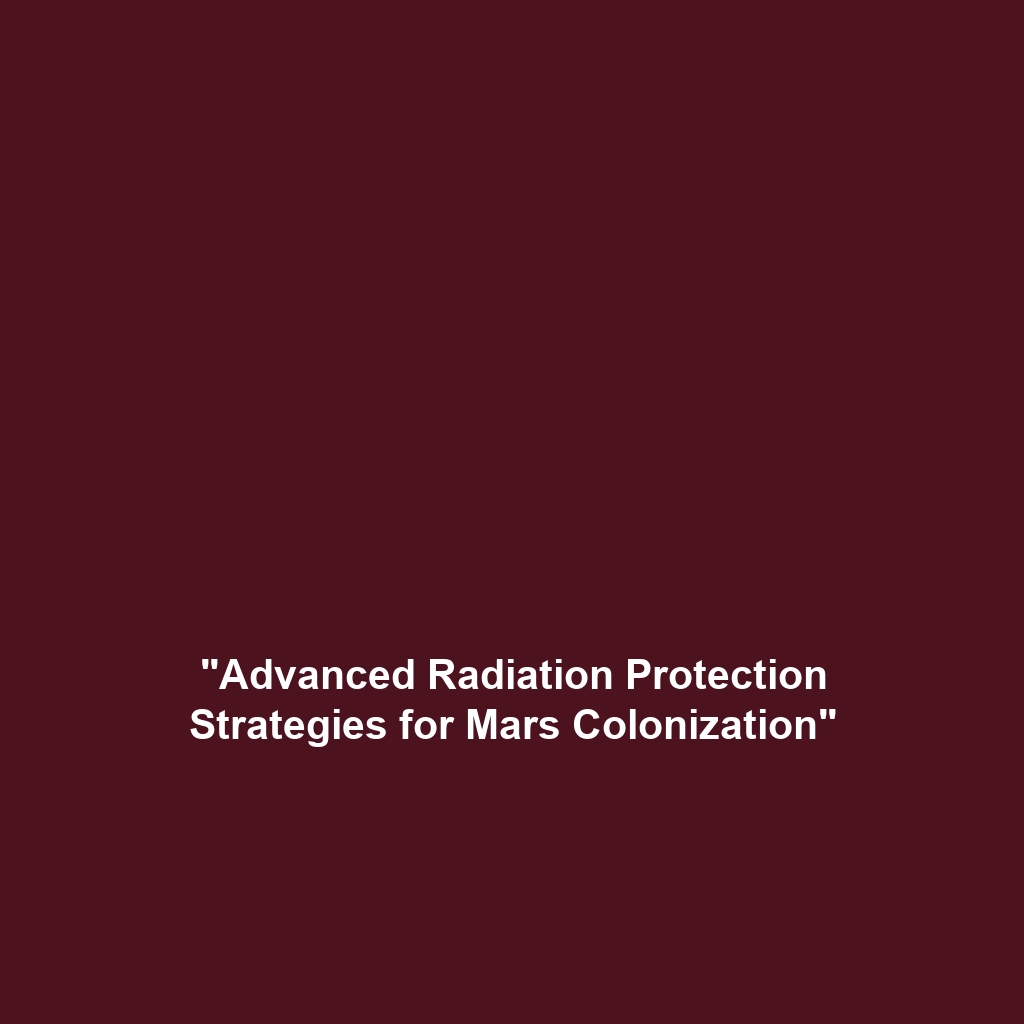Challenges of Helium-3 Scarcity and Lunar Extraction in Fusion Energy
Introduction
Helium-3, a rare isotope, holds significant potential in the field of Fusion Energy due to its ability to yield substantial energy when fused with deuterium. However, Helium-3 is extremely scarce on Earth, gravely limiting its use in practical fusion reactors. The prospect of large-scale extraction from lunar sources presents a viable solution but necessitates advanced mining infrastructure and technology. Understanding these challenges is crucial for the evolution of fusion energy and its role as a cleaner, infinitely sustainable energy source for the future.
Key Concepts
The challenges surrounding Helium-3 can be understood through several key concepts related to fusion energy:
1. Helium-3 and Fusion Technology
Helium-3 fusion presents a potential path toward safe and clean nuclear energy, releasing minimal radioactive waste compared to traditional nuclear fission. Its advantages make it an attractive subject of ongoing research in Fusion Energy.
2. Scarcity of Helium-3 on Earth
Natural reserves of Helium-3 on Earth are negligible, gathered mostly from the decay of radioactive materials and cosmic radiation. This scarcity drives interest in lunar sources, where Helium-3 is thought to be more abundant due to solar wind interactions with the lunar regolith.
Applications and Real-World Uses
The exploration of Helium-3’s potential lies primarily in its applications within Fusion Energy. Here are some significant avenues:
- Nuclear Fusion Reactors: Helium-3 could be utilized in future fusion reactors to achieve safe and efficient power generation.
- Space Exploration: There is potential for lunar Helium-3 to support energy needs on long-duration space missions.
- Medical Technologies: Some experimental fusion technologies incorporating Helium-3 are being assessed for advanced medical applications.
Current Challenges
Despite its potential, several current challenges prevent the effective use of Helium-3 in Fusion Energy:
- Extraction Infrastructure: Developing mining infrastructure on the Moon is a significant technical and economic hurdle.
- Transportation Costs: Transporting extracted Helium-3 from the Moon to Earth would require substantial investment and resources.
- Regulatory and Policy Issues: International space laws and policies regarding lunar exploitation pose further complications.
Future Research and Innovations
The future of Helium-3 extraction and its implications for Fusion Energy hinge on ongoing research and innovation:
- Advanced Mining Technologies: Development of efficient mining technologies tailored for lunar conditions.
- Reactor Design Improvements: Research into fusion reactor designs that maximize the use of Helium-3.
- Collaborative International Efforts: Anticipated partnerships between nations to collaboratively explore and potentially mine lunar resources.
Conclusion
In summary, the challenges of Helium-3 scarcity on Earth and the need for advanced mining infrastructure on the Moon are pivotal considerations in realizing the potential of Fusion Energy. Addressing these challenges is essential for the sustainable energy landscape of the future. Continued research and international collaboration will be key in overcoming these obstacles and harnessing Helium-3 for the next generation of energy solutions. For more on this topic, consider reading about international collaboration for lunar resources and cutting-edge advancements in fusion reactors.



